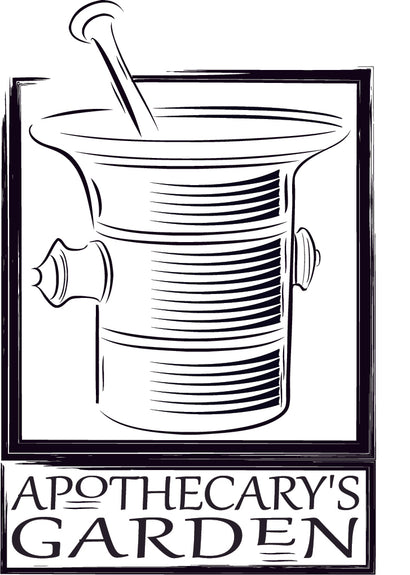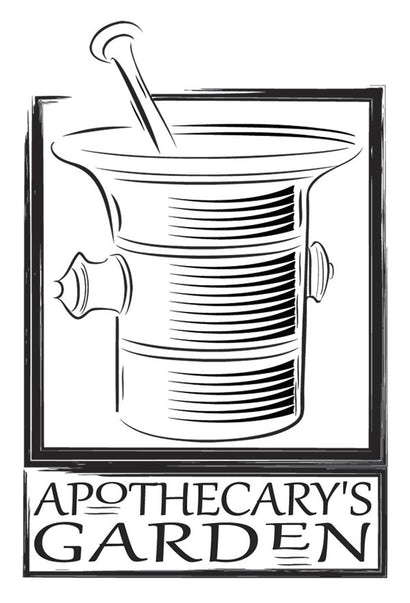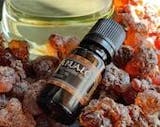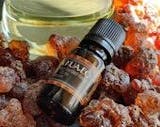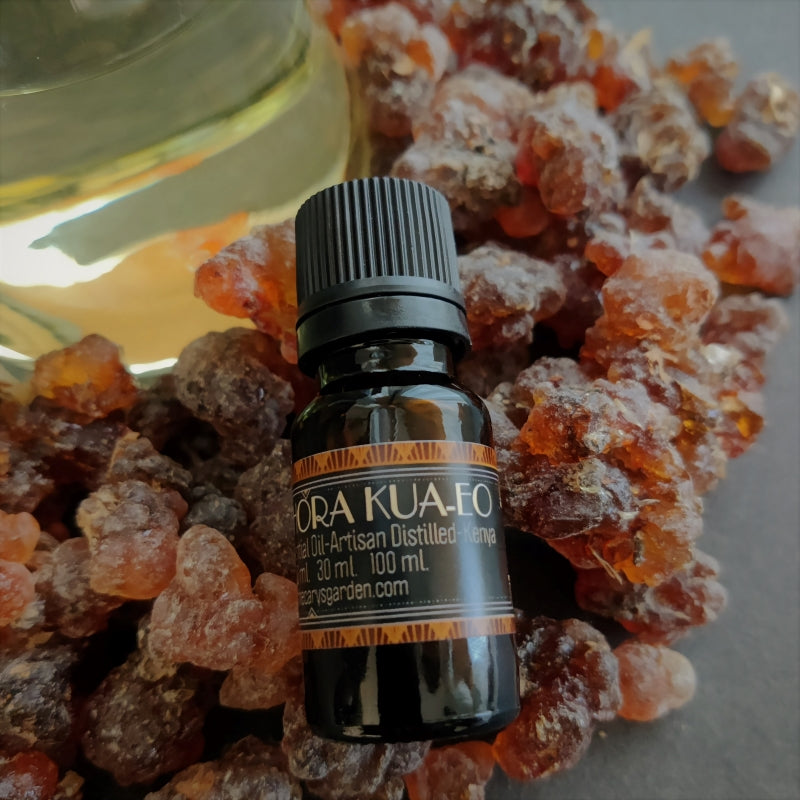
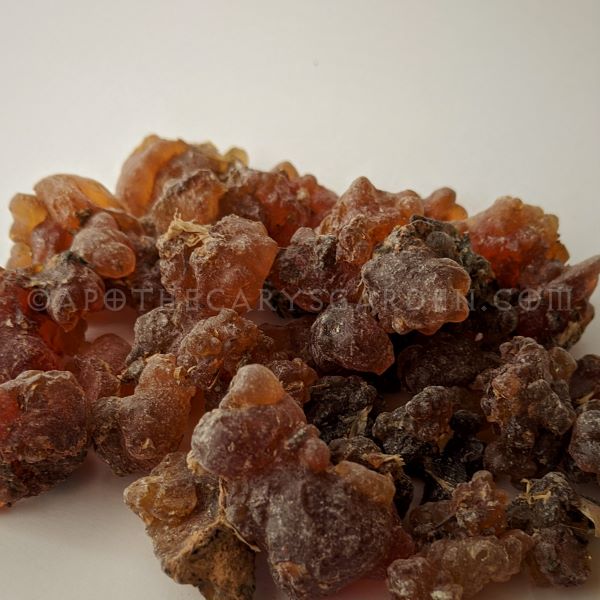
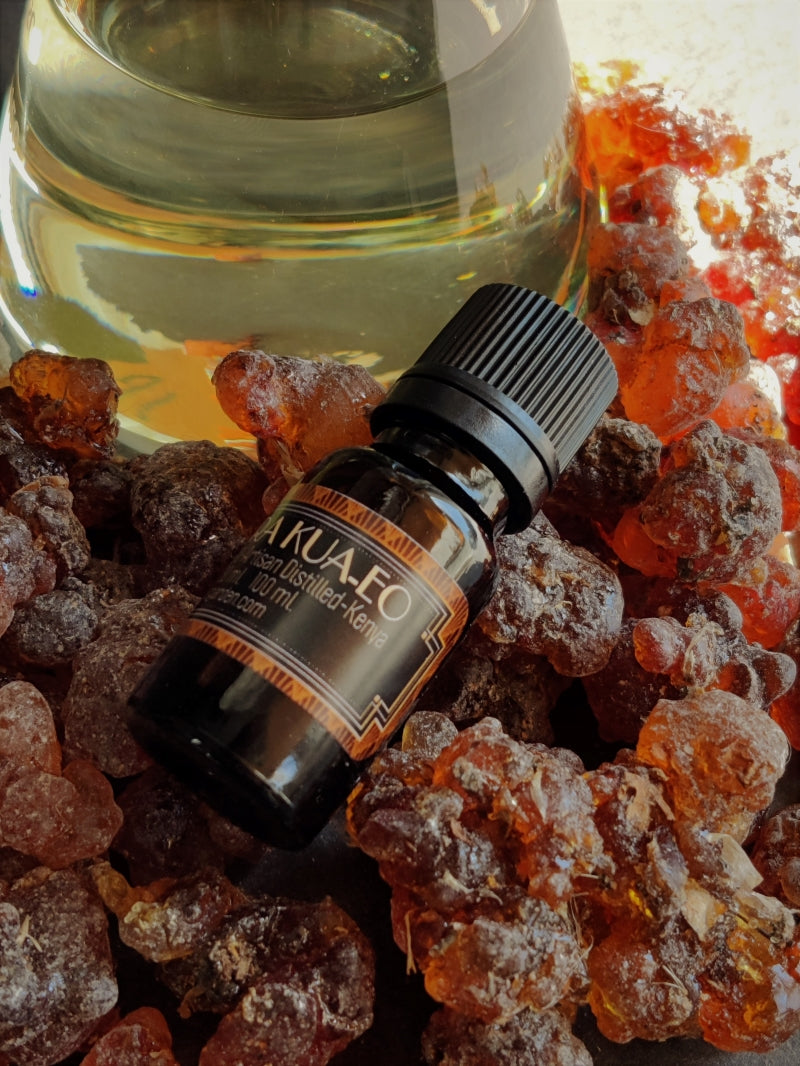

Kua Myrrh Essential Oil
Kua Myrrh essential oil is Artisan Distilled in small batches. it is a sustainable and fair trade gift from the Samburu women of Northern Kenya.
I had no idea the Kua Myrrh tree was endemic to Northern Kenya! What a pleasant surprise!! Until recently the only Kua Myrrh resin available to us was from The Yemeni island of Socotra.
Not only is Kua Myrrh essential oil gorgeous, but it is also sustainably harvested and purchased through Fairtrade practices that support the women of the Samburu tribe in Northern Kenya.
Kua Myrrh trees are not tapped or damaged in any way to collect their resin. It is a natural exudate that forms on the bark of the tree and is harvested by the women of the Samburu tribe.
Kua Myrrh essential oil comes to us through the efforts of a woman who works directly with the Samburu women of Northern Kenya. She also happens to be a master distiller. Lucky us!!
The higher price of Kua essential oil is not just due to its rarity, it takes a great amount of Kua Myrrh resin to produce a very small amount of essential oil.
Commiphora Kua is a little-known cousin of Myrrh and in the past, was likely used to adulterate the expensive and sought-after mainstream Myrrh. Since there was no market for resins that could not be tapped or harvested in commercial quantities, many of the more obscure, (and unique), Commiphora types were simply used to bulk up the volume of Myrrh resin and the income of rural collectors.
Only recently have we started identifying the Commiphora trees with a focus on their aromatic resins and the fragrance profiles that distinguish them from one another.
Some, like Commiphora Confusa and Commiphora Kataf and Kua, have such distinct and unique aromas and chemical makeup that their resins can be collected, segregated, and distilled separately, creating completely new and unique products.
This new appreciation for unique aromatic materials contributes to a broader and more reliable income for many poor, rural and pastoral collecting communities and takes some of the pressure off the mainstream Frankincense and Myrrh trees which in some cases are overharvested to meet our growing Western demand.
These resins and essential oils are especially beneficial to the women of the Samburu tribe in Northern Kenya, giving them greater financial independence and a more stable income.
In many rural pastoral communities, the sole income of families is from raising and selling livestock which is traditionally owned by the men of the tribe. Collecting and selling local resins creates a stable income for the women of the tribe who care for the young and the elderly.
The resin of Commiphora Kua is collected sustainably and without tapping. It is distilled in small batches by a woman who has spent decades working in the field with the many Commiphora/Myrrh species of East Africa. She has organized the Samburu women collectors to collect each aromatic species separately so they can be distilled and appreciated as distinct entities instead of being ignored or lumped with other more commercially known resins and essential oils.
Dan
Materials: Sweet Myrrh, Scented Myrrh, Commiphora Kua, Kua Myrrh, Bisabol Myrrh.
